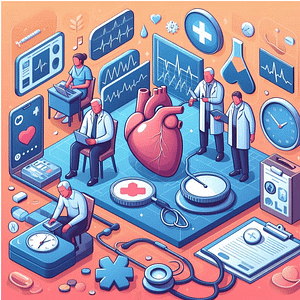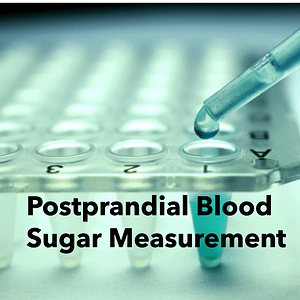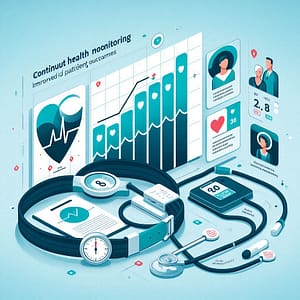Расширение возможностей пациентов: Преимущества мониторинга жизненно важных показателей с помощью смартфона при хронических заболеваниях
Chronic health conditions, like heart disease, диабет, and chronic obstructive pulmonary disease (COPD), affect millions globally. Traditionally, managing these conditions has involved regular clinic visits and self-monitoring at home, often with limitations. However, the emergence of smartphone-based vital sign monitoring offers a promising alternative, empowering patients and potentially improving healthcare outcomes.
Accessibility and Convenience:
One of the most significant advantages of smartphone-based monitoring is its accessibility and convenience. Unlike traditional methods, which can require specific devices or dedicated time slots, smartphones are ubiquitous and readily available. This allows patients to monitor their vital signs, such as heart rate, oxygen saturation, and even blood pressure, on-demand and in the comfort of their own homes. This can be particularly beneficial for individuals with limited mobility or for those living in remote areas.
Real-time Data and Early Detection:
Traditional methods often involve measuring жизненные показатели at specific intervals, leaving gaps in data collection. Smartphone-based monitoring, on the other hand, can offer real-time data, providing a more comprehensive picture of a patient’s health. This allows for early detection of potential issues, enabling timely intervention and potentially preventing complications. For instance, continuous monitoring of heart rate variability in patients with heart disease can help identify potential arrhythmias before they escalate into more serious problems.
Improved Self-Management and Self-Empowerment:
By providing access to their own health data, smartphone-based monitoring empowers patients to take an active role in managing their chronic conditions. They can track trends, identify patterns, and gain a better understanding of how their daily activities and lifestyle choices impact their health. This newfound knowledge can encourage informed decision-making and motivate individuals to adopt healthier habits, fostering a sense of self-empowerment and ownership over their health journey.
Enhanced Communication and Collaboration with Healthcare Providers:
The data collected through smartphone-based monitoring can be easily shared with healthcare providers through secure platforms. This allows doctors to remotely monitor their patients’ progress, identify potential concerns, and adjust treatment plans accordingly. This continuous communication stream eliminates the need for frequent clinic visits, reducing the burden on both patients and healthcare systems. Additionally, the data collected can be used for research purposes, leading to improved understanding and management of chronic conditions in the future.
Cost-Effectiveness and Future Potential:
Smartphone-based monitoring offers a cost-effective alternative to traditional methods. Instead of requiring expensive dedicated devices, it utilizes widely available technology, potentially reducing healthcare costs for both patients and healthcare institutions. Moreover, with continuous technological advancements, we can expect even more sophisticated and user-friendly tools in the future. These could include the integration of artificial intelligence to analyze data and provide personalized recommendations, or the development of non-invasive sensors for monitoring additional vital signs, further enhancing the potential of smartphone-based chronic disease management.
However, it is important to acknowledge that smartphone-based monitoring has limitations. The accuracy of some technologies can be affected by factors like user error or individual physiology. Additionally, not everyone has access to smartphones or the necessary technical knowledge, and digital literacy gaps must be addressed to ensure equitable access to this technology.
In conclusion, smartphone-based vital sign monitoring offers a promising tool for managing chronic health conditions. By providing accessibility, real-time data, and fostering self-empowerment, it has the potential to improve patient outcomes, enhance communication with healthcare providers, and contribute to a more cost-effective healthcare system. As technology continues to evolve, so too will the potential for smartphone-based monitoring to revolutionize chronic disease management, empowering individuals to take control of their health and well-being.






